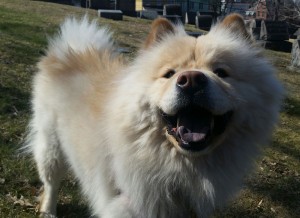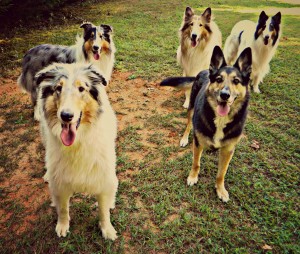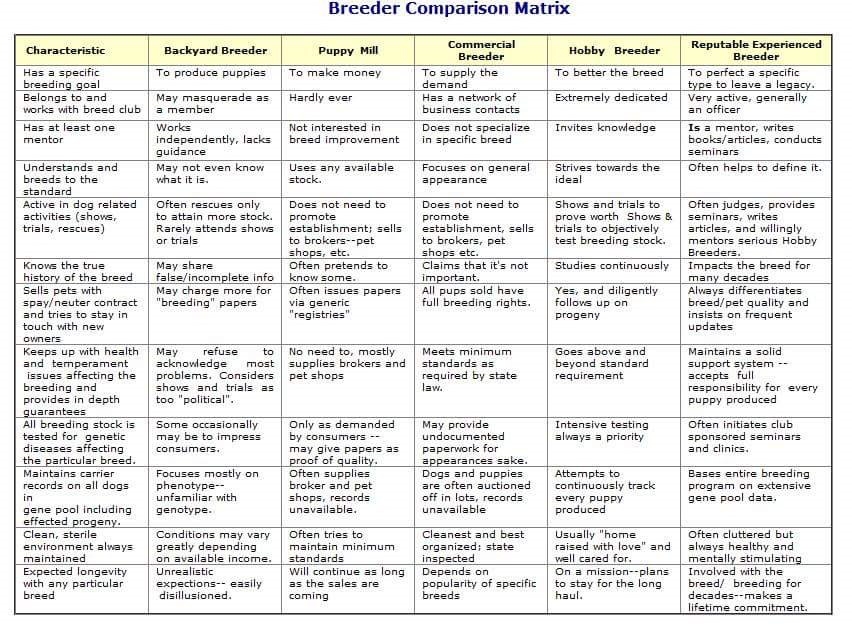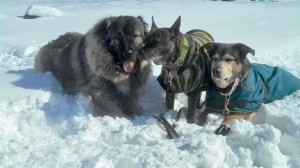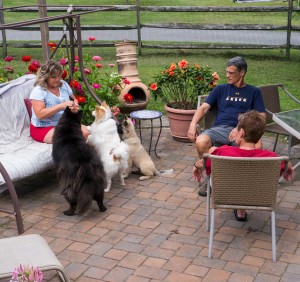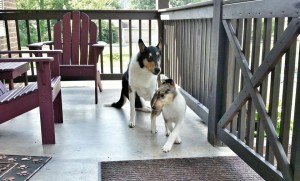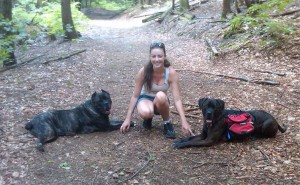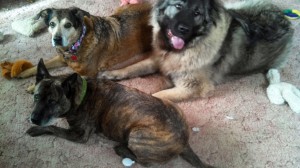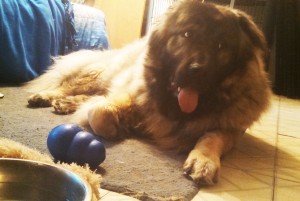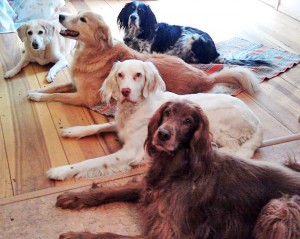The Best Laid Plans: When Life Doesn’t Go According To Plans
Regular readers know that Mela the Chow was added to my household in late November. We had been on the lookout for a female addition once I felt comfortable adding to my household, after losing my sweet Siri. It seemed an act of the universe to find Mela in the manner that I did. Surely that meant that all would progress smoothly?
Not really. The world is not a vacuum and although some scenarios seem artfully arranged by the universe, that is not an excuse to believe that said scenarios will be problem free. Such was the case with adding a high energy dog that was to be the playmate for Kenzo, who was desperately missing his playtime.
As the fates would have it, just one month into Kenzo feeling enough kinship with Mela to engage in regular evening play, he tore his right ACL. The scream was telling, during the second yard play session of the first snowfall in my area. My heart stopped as Kenzo ran towards the stairs leading to the house from the yard and I hoped against hope that it was just a sprain. But I recognized the particular limp and the look on his face. I immediately called my vet for a referral to the specialty hospital in my town, so that I could secure an appointment with the surgeon who performed the previous ACL tear.
All I could think about, aside from the pain that he was enduring, was how on earth was I going to maintain their relationship during this tribulation? And how on earth was I going to keep Mela mentally stimulated enough without Kenzo’s assistance? This has proven challenging at best.
Mela could not immediately grasp why her new friend would not engage in play with her, when he had been doing so, with an eagerness, every night for the past month. It was a case of a young child not understanding what the older child was trying to say. I had to run interference several times a day, to prevent Kenzo from getting frustrated enough with her to lash out and to prevent her from injuring him further.
With little success, I tried to orchestrate the act of playing while lying down, which Kenzo was game for but Mela did not understand. They could have continued to play tug quite happily with Kenzo in a prone position. He did try to engage with her in that way and I tried to support that engagement. But Mela quickly went back to what Mela likes best, which is rough and tumble physical play. That was out of the question for Kenzo for quite some time.
It was a rough initial month after the injury, while waiting on the surgery date. With passing time, Mela understood that Kenzo was no longer interested in play but what was confusing to her was that it was evident that the spirit was willing but the body was unable, at least for now. On one day, with the pain dulled by pain killers, Kenzo did offer her a return play dance but I had to quickly intervene before things were made worse.
Fast forward to the surgery that has finally happened and things are moving along well. She now fully understands that he was somehow broken and now has been fixed but is still on the mend. She seems to know that play will again be in their future and for that, I am grateful. She is starting to try and engage him before he is cleared for play. That won’t happen for another month at least, but she at least finally seems to understand that the problem isn’t mental but physical.
As for what I have done to try and entertain her while he has been laid up, there are a number of things, none of which have been fully good enough, I fear. She and Trent have vastly different play styles and although he has shown some brief play while on leash during their now joint walks, that hasn’t transpired for more than a few seconds.
As for walks, until recently in Kenzo’s progress, the walks just consisted of just Mela and Trent. Crittering is Mela’s very favorite thing on this planet so crittering is what happens on most walks. What that entails is them deciding on where we walk, leading the way. They both get far more smells under their respective belts now. My goal is mental weariness from these walks so they are lengthier now and they were lengthy before! They all are getting quite a bit of mental stimulation in the way of puzzle toys in the house.
Mela has a favorite game in the yard that involves crittering as well. She stalks whatever critter that lives under my pool deck and follows it’s scent all over, ending up waiting by the lattice under the deck for him or her to make a move that has yet to happen. And of course, we play with toys in a seemingly endless manner, because Mela could play for hours.
Now that Kenzo is in the rehab portion of his recovery, he has started joining us on walks. But rather that enhance those walks. It shortens the conjoined ones. So I walk them all together for the equivalent of two city blocks. Then weather permitting, Kenzo goes back into the car and I walk Mela and Trent on another much longer walk. This seems to help Mela to relax far more than anything else does.
As for me, the extra walking is hopefully assisting with my spring weight loss goal. I count down the days until Kenzo gets cleared for not only longer walks, but actual playtime. I expect that both he and Mela feel the same. I look forward to the day that I can smile watching them reconnect with play.
Please feel free to tell me your own recovery stories with your own multiple dog crew below. I need ideas!
Posted in: Projects
Leave a Comment (0) →

